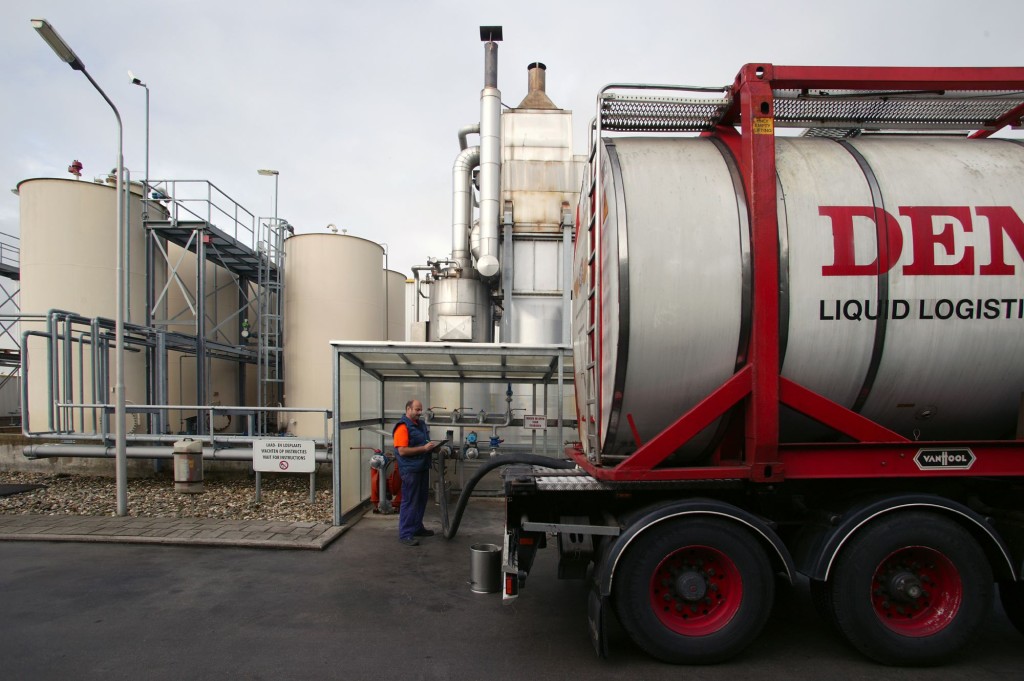History



Linseed oil and cattlefeed
In 1839 Leendert Vliegenhart started an oilseed crushing operation in a windmill in Zwijndrecht (The Netherlands). He produced linseed oil, a type of oil with good drying properties that could be used in the production of paint. Linseed oil also had many other applications, for example as a raw material in the production of printing-ink and as an ingredient of soap. The crushed linseed was sold as cattle feed.
Second factory opened in Delft
Leendert Vliegenthart was successful in business and by 1869 had opened a second operation in Delft. Leendert’s son Leendert jr. took on responsibility for the new plant, which comprised a windmill, a steam oilseed crushing mill ‘The Young Jacob’ and an adjacent coach house. From 1896 Leendert jr. ran the Delft company as an independent operation under the name L. Vliegenthart – Delft. The factory was very favourably situated on the waterfront and could easily import its seed supplies via the port of Rotterdam. In fact the Delft site became known as ‘welgelegen’ (‘well situated’).
Dryers and paint removers
The company prospered until the 1920s thanks to a flourishing trade in linseed oil, cattle cake and associated products.
Small scale nature enables flexibility
Large manufacturers increasingly used Vliegenthart for activities that had become too costly for them to do themselves. The small-scale nature of the company meant that it was able to respond flexibly to virtually every demand from the market and to profitably produce oils and lacquers in both large and small quantities. This flexibility is still the great strength of the company.
Supplier to the Royal Household
The charismatic Joan Vliegenthart was associated with the company until 1979.
Combination of a modern production complex with tradition in Tiel
By the 1990s the site in Delft no longer met the requirements of the period and in 1997 Vliegenthart moved to a new production complex in Tiel. This custom-built factory is very favourably situated for access to all parts of The Netherlands and in particular the ports of Rotterdam and Antwerp. However, this modernisation has not been at the expense of ‘the best from the past’ as a visitor to today’s Vliegenthart factory will quickly realise. Besides the ultramodern computer-controlled production complex the 19th century Director’s room carefully brought from Delft has a prominent place in the new factory. Old boilers and other tools from the past also show the company’s early origins. This combination of tradition and the best of the present highlights what really matters to us. Vliegenthart Oil and Varnish factory has, since 1839, continued to satisfy its worldwide customers’ requirements with old-fashioned traditional service.

